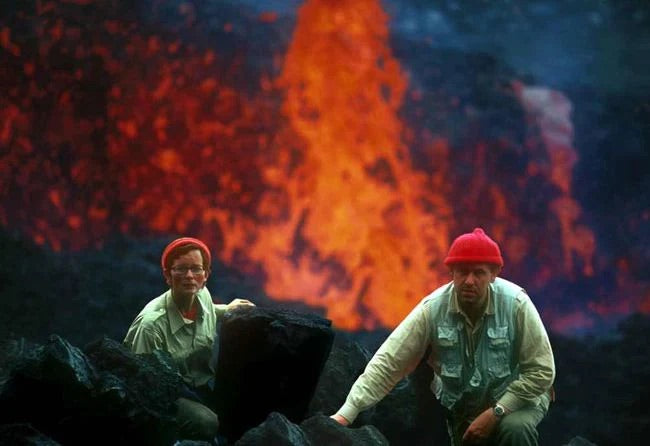Places
Add
€
to enjoy free shipping50,00
When a volcano erupts, violent creative forces mould and sculpt the Earth. It only takes a moment for an entire landscape to disappear, one that has been an eternity in the making. Craters and cones, petrified magma flows, amorphous rock formations, gravel and ash rise up–overwhelming, beautiful landscapes with the most incredible textures and colour palette.
Having read Jules Verne’s classic, Journey to the Center of the Earth, my first volcano had to be in Iceland. There are 130 volcanoes on the island, 30 of them active, which makes Iceland a geologically unique hotspot, a fantastical and surreal landscape carved out of lava and ice. The moment I stepped onto Thrihnukagigur I felt a kind of magnetic appeal that would not be easy to forget, I was going to enter the heart of the volcano.







